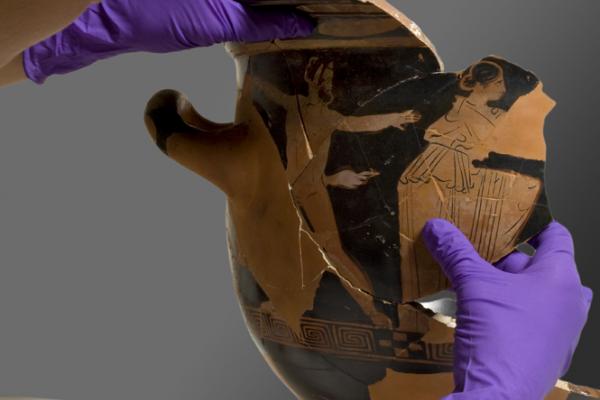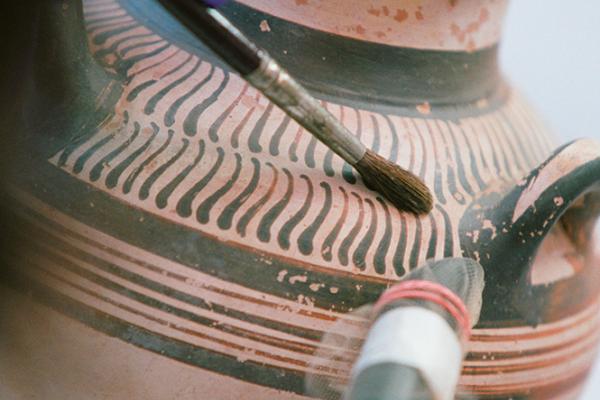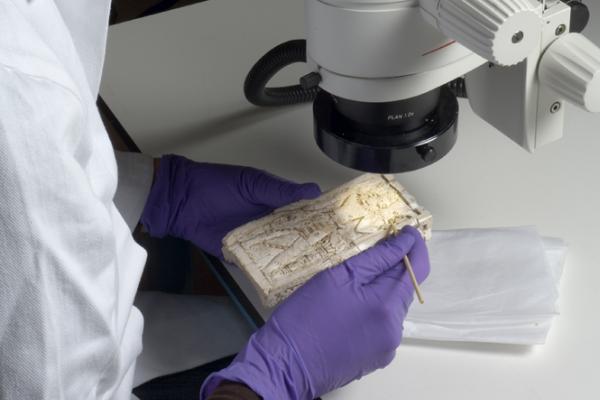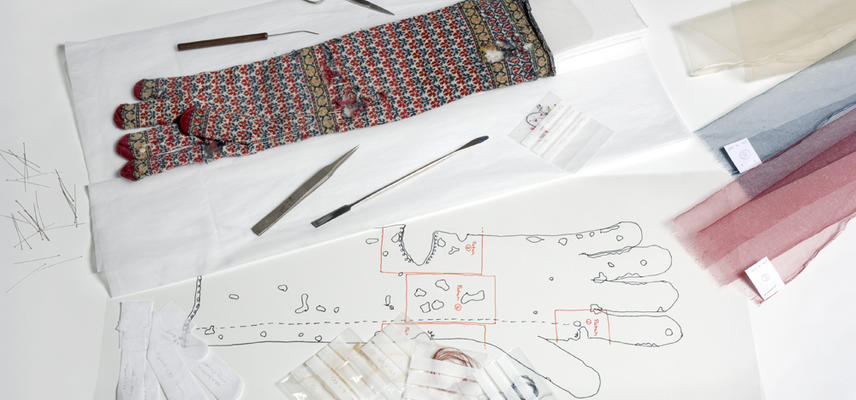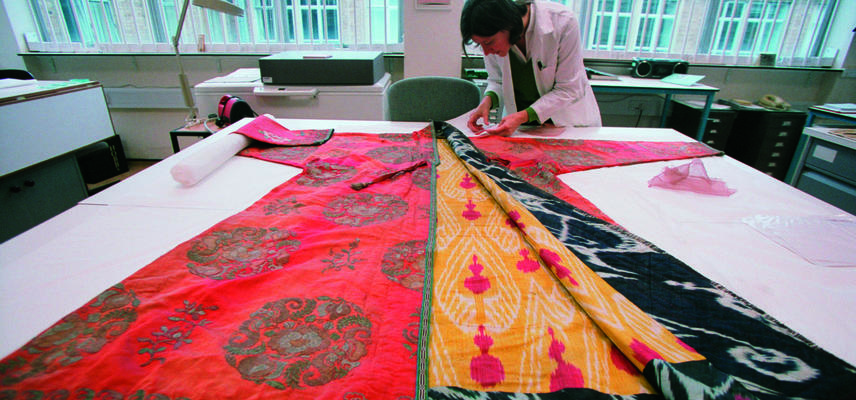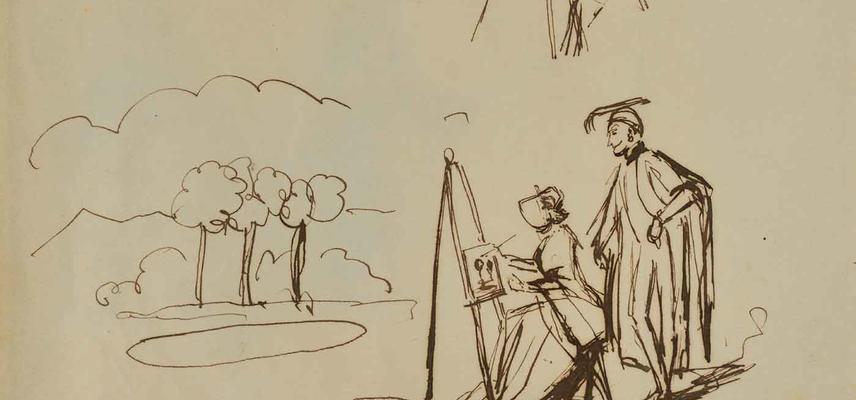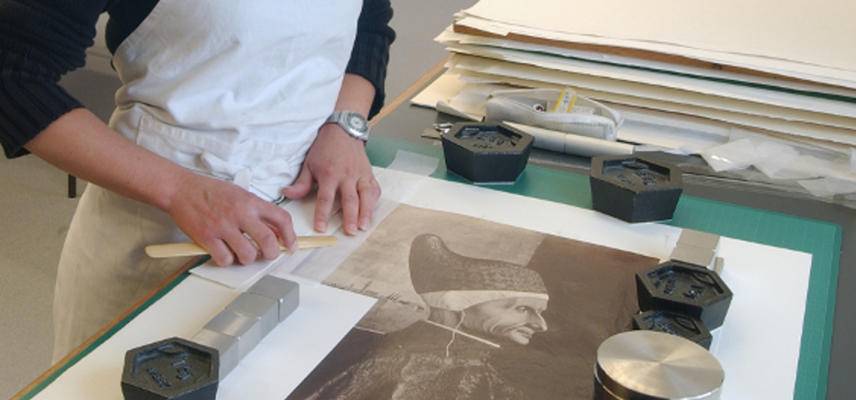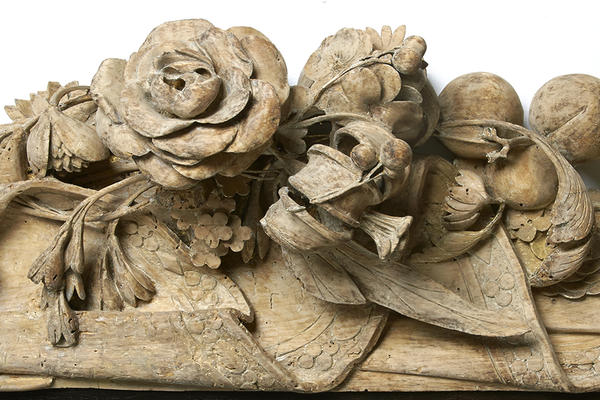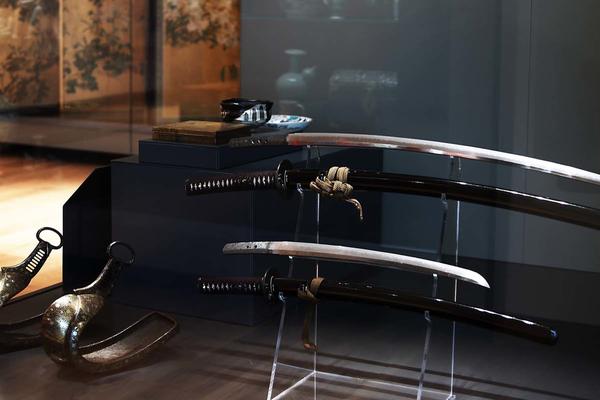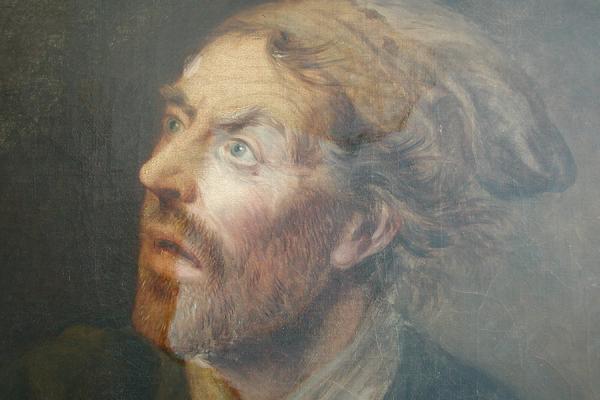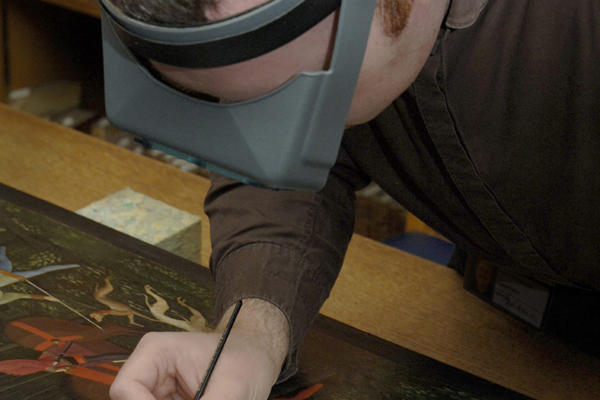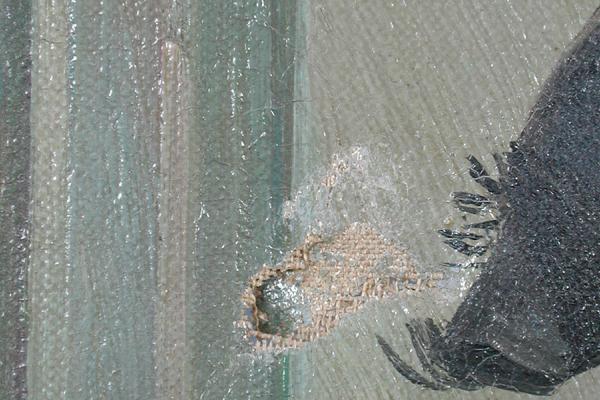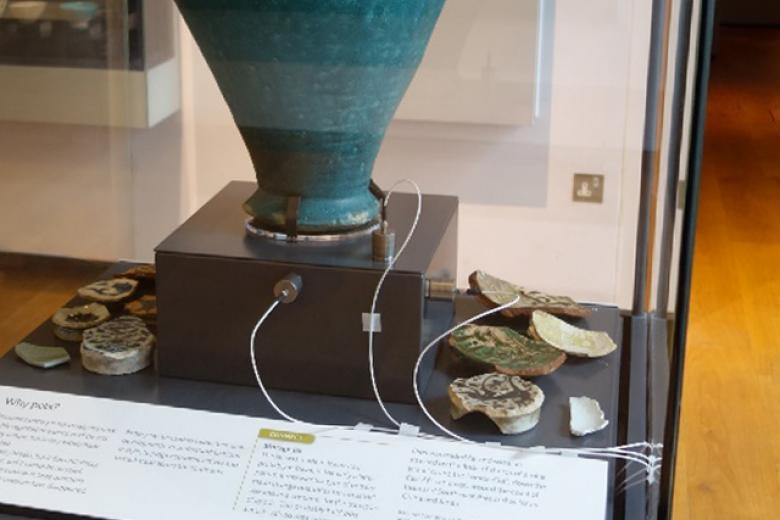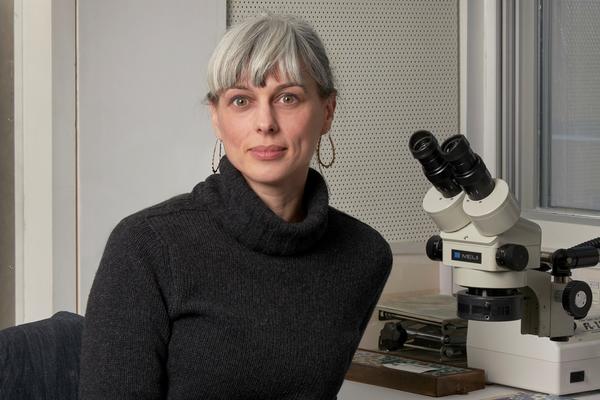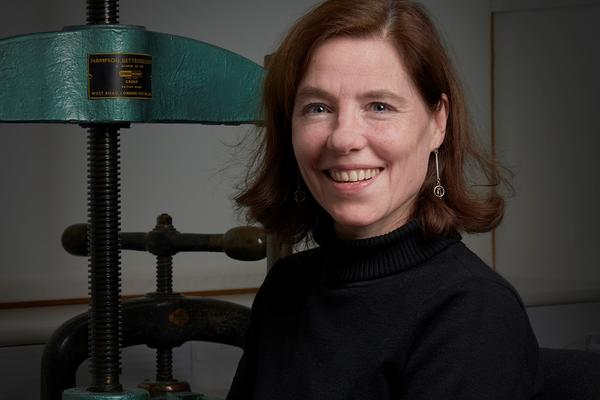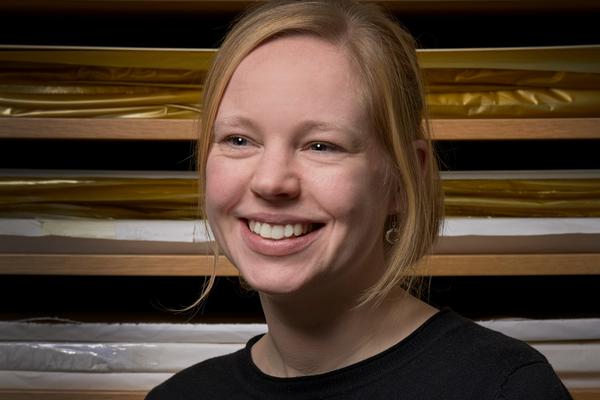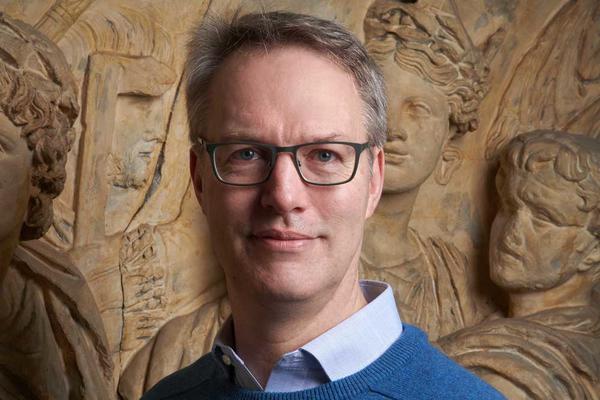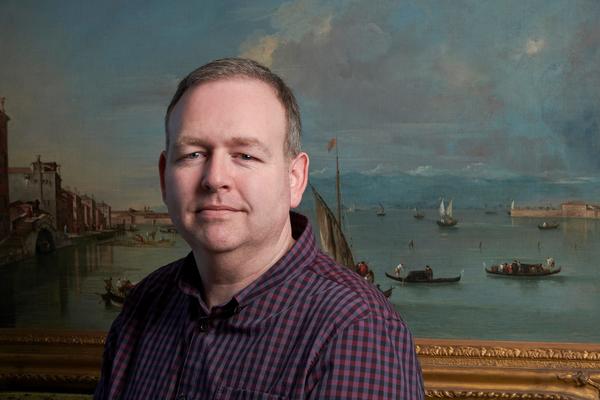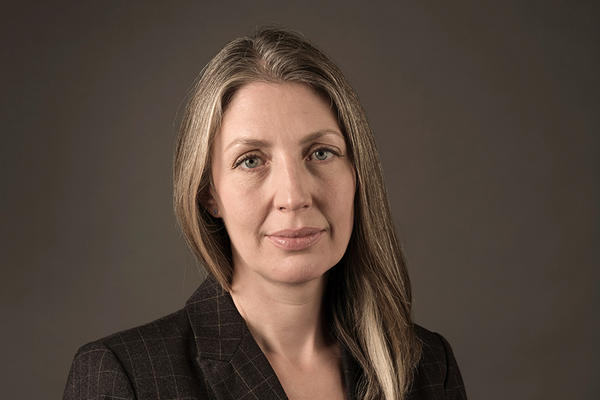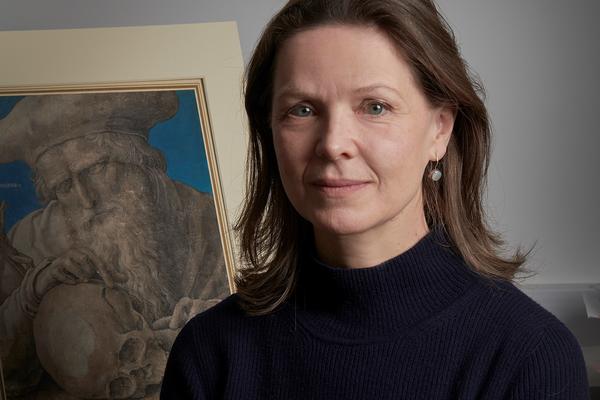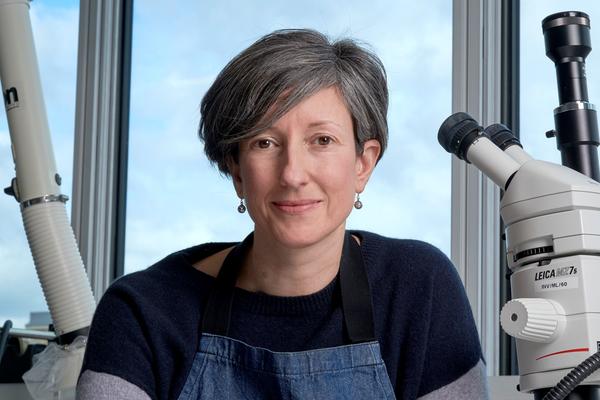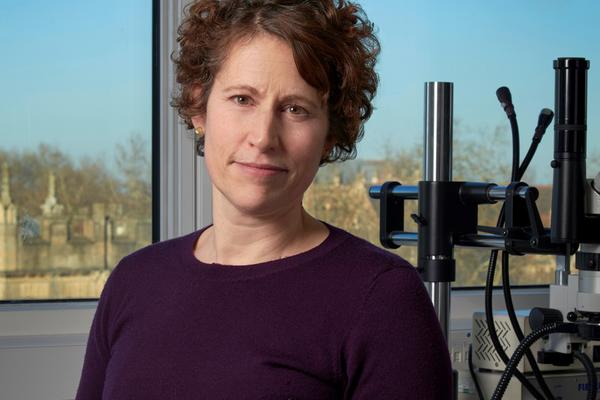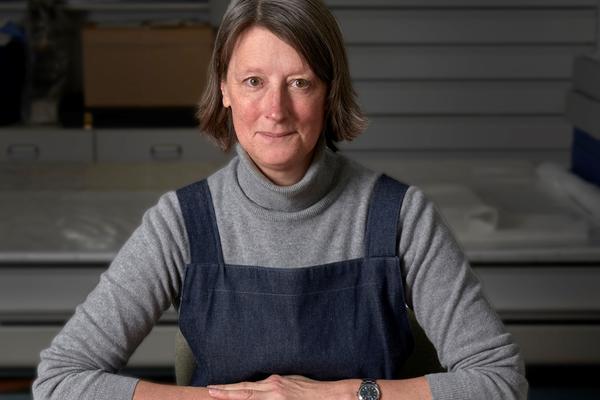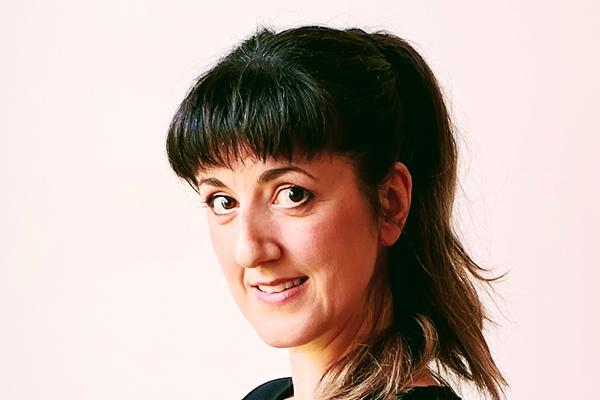CONSERVATION
The conservation department is responsible for the care and protection of Ashmolean objects. We have dedicated teams and techniques for the conservation of paper, textiles, objects and paintings.
Each conservation project reveals a new side to an object. By using methods such as x-ray, radiography and RTI technology we get a 360-degree view of what lies beneath the surface of some of the most prized objects in our collections.
CONSERVATION STORIES
TYPES OF CONSERVATION
Discover the various ways we conserve our collections by material.
Specialist objects conservators work on three-dimensional objects in the museum’s collections. These can range from Greek red figure vases to contemporary studio pottery; from Palaeolithic hand axes to Islamic sword blades; from Cycladic figures to Renaissance bronzes. The museum's fine collection of plaster casts taken from the antique originals is also conserved in a small studio in the Cast Gallery.
Objects conservators treat objects to ensure they are safe for display, storage and loans.
- Structurally weak objects may need careful support
- Chemically unstable objects may need to be kept in low-humidity conditions to prevent corrosion
- Old adhesive repairs may be discoloured and need replacement
- Objects may have interesting stories that are only revealed on close examination which can be shared with the public and scholars
The textile conservator has responsibility for the care of the museum’s textile collections which include archaeological fragments, Egyptian mummies, tapestries, carpets, costume and embroideries.
The treatment and mounting of textiles required for display in temporary or permanent exhibitions forms the bulk of the interventive conservation work carried out by the textile conservator. Preventive conservation work includes the improvement of storage of the textile collections to make them more easily accessible for study and safe handling. Storage materials are upgraded to ensure they are inert and provide support for the textile.
The implementation of the Ashmolean's Integrated Pest Management scheme is another important aspect of preventive conservation for the textile collections as infestations of the clothes moth and carpet beetle can cause extensive damage.
The Paper Conservation studio is responsible for all works of art on paper and archives belonging to the Museum. Paper conservators carry out research on the collections as well as preparing the many pieces required for loans and temporary exhibitions.
As with all conservation disciplines, the ability to deal with preservation issues such as light damage, display, storage, handling and environments are paramount for paper conservators.
The rebuilding of the Ashmolean and re-display of thousands of objects resulted in the creation of a dedicated mountmaking service. This continues to provide mounts for new objects, changing displays, temporary exhibitions and loans. In addition, mounts have been made for other University museums and colleges.
Mounts are provided for objects made of metals, stone, glass, ceramics and organic materials such as textiles, leather and paper. In all cases the mountmaker works closely with the conservator and curator to ensure the object is presented as effectively as possible. Due consideration is necessary for any areas of weakness, such as cracks and repairs or friable and fragmentary surfaces. As a teaching collection the Ashmolean objects have to be accessible for study. For that reason all objects have to be readily removable from their mounts, a requirement that presents its own mountmaking challenges.
A Paintings Conservator is responsible for painted works on canvas, metal and wood in the Museum's collection. These can range in date from ancient portraits of Mummies to contemporary art. Paintings are examined, researched and treated for storage, display, loans and exhibitions.
As with all conservation disciplines, the ability to deal with preservation issues such as light damage, display, storage, handling and environments are paramount for the conservation of paintings.
Research and analysis is carried out in collaboration with curators, researchers, conservators and scientists within the museum, the wider University and external institutions.
Scientific investigation is conducted to inform preservation strategies for the collections and to enhance our understanding of the past including materials, manufacture, technology, provenance, dating, repair, reuse, restoration and authenticity.
Techniques at the museum include optical microscopy, ultraviolet and infrared photography, portable X-ray fluorescence and spectrophotometry. We also have access to micro-CT, X-radiography, scanning electron microscopy, micro-XRF, hyperspectral imaging, FTIR, Raman spectroscopy, LA-ICP-MS and GC-MS within the University and via our external partners. We actively collaborate with other University of Oxford departments including the University museums and libraries, Archaeology, Materials Science and Engineering, as well as external institutions such as UCL, Cranfield University and the British Museum through research, teaching and publication.
Recent projects include the investigation of Dutch silver, Raphael drawings, cuneiform tablets, Worcester porcelain, tin-glazed ceramics, jet and pesticides.
WHO WE ARE
For 300 years, conservation and preservation have been significant role in the Ashmolean Museum. Early in the museum’s history there were discussions about air quality in galleries. The founder, Elias Ashmole, was concerned with environmental conditions when he specified that ventilation shafts in the form of chimneys should be installed in the museum building.
Restoration in one form or another has been carried out on parts of the collection for centuries. Historic techniques were not necessarily different to the approach taken today. An example is the Arundel Marbles which were restored in the 1880s. This historic restoration was largely sympathetic to the original material, meaning that in a conservation project in the 1990s a large proportion of the older treatments was retained. In 1905 the Ashmolean established its first purpose-built conservation laboratory for the department of Antiquities. Further conservation posts were created in the Museum's Cast Gallery and in the Eastern and Western Art Departments during the century. In 1999, the individual conservators were brought together to form the Department of Conservation to serve the whole museum. A conservation studio for works of art on paper was opened in 2004, and in 2009 a suite of new conservation studios opened for the conservation of paintings, objects, textiles and preventive conservation.
Tel: +44 (0)1865 278024
Email: conservation@ashmus.ox.ac.uk
Daniel Bone – Head of Conservation
Alexandra Baldwin – Conservation Manager, Objects
Paulina “Nicky” Lobaton – Objects Conservator
Stephanie Ward – Objects Conservator
Jevon Thistlewood – Paintings Conservator
Dr Kelly Domoney – Conservation Manager; Preventive, Science and Technical
Sue Stanton – Textiles Conservator
Alexandra Greathead – Conservation Manager, Works on Paper
Beth Twinn – Paper Conservator
Lara Daniels – Paper Conservator
Mari Watanabe – Paper Conservator, Projects
Dr Victoria Kemp – Postdoctoral Research Assistant
Ruth Anthony – Administrator/PA
Jenny Mitchell – Preventative Conservator



